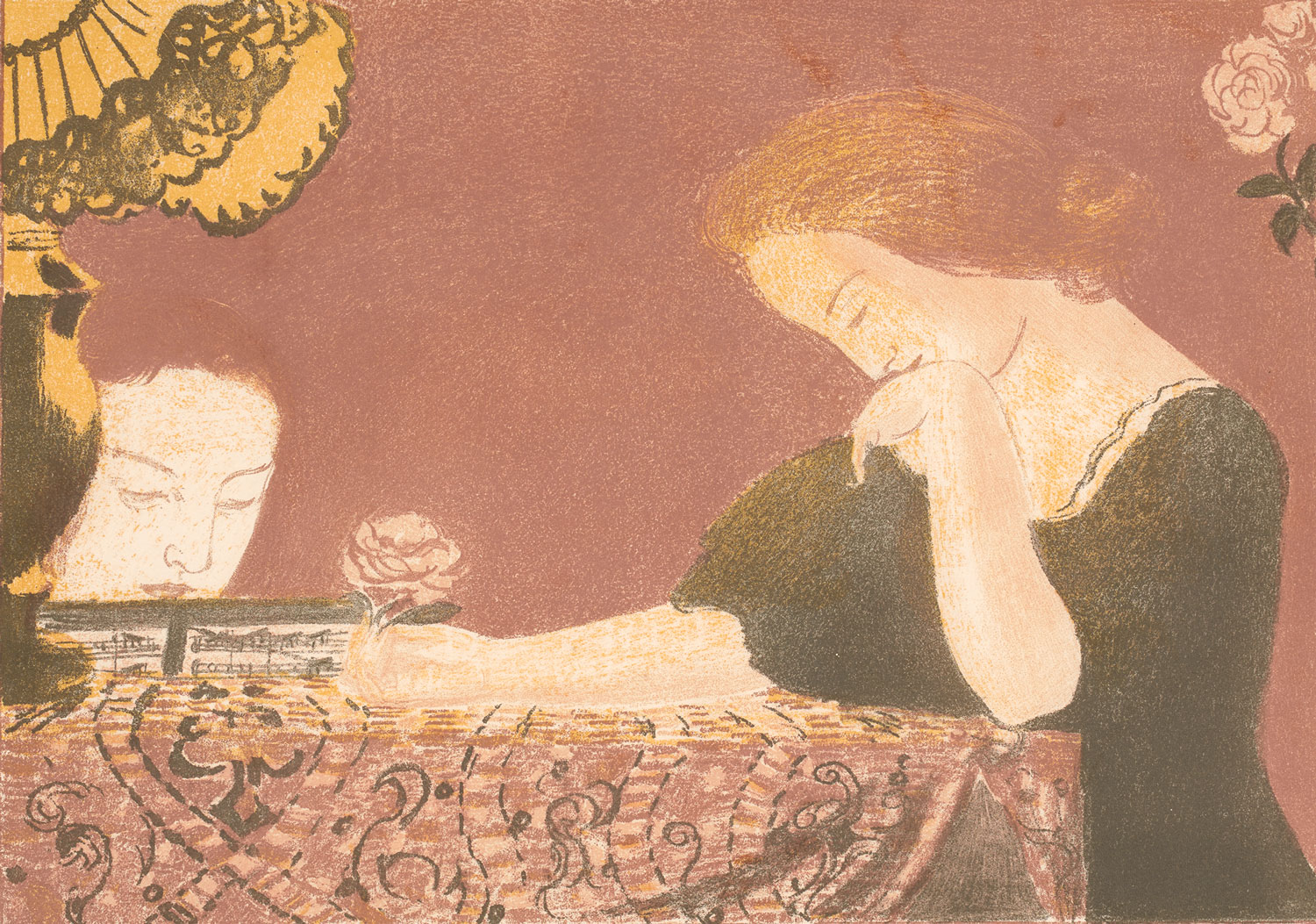In fin-de-siècle Paris, the Nabis turned to the medium of color lithography to explore new modes of expression. This practice, however, was technically complex and thus required the involvement and expertise of master printer Auguste Clot. This lecture examines Clot’s collaboration with the Nabis and the printer’s significant role in the production of their avant-garde prints.
Natalia Lauricella is a Postdoctoral Teaching Fellow in the Department of Art & Art History at Stanford University. Her research focuses on the history of print, modern art, process, and labor, particularly in nineteenth-century Europe. She received her PhD in Art History from the University of Southern California. Her current project traces the network of dealer-publishers, printers, and artists who produced and marketed limited edition original color lithographs as part of the development of modern art and the art market in 1890s France. Focusing on the technical and creative role of master printers, this work recasts the history of modern art through the lens of artisanal labor, artistic process, and collaboration. Research for this project has been supported by a Fulbright grant to France, the Borchard Foundation, the Visual Studies Research Institute at USC, and USC’s Department of Art History. Prior to pursuing her PhD, Natalia worked as a curatorial assistant of collections and exhibitions at the Solomon R. Guggenheim Museum in New York and contributed to a number of exhibitions including Italian Futurism, 1909–1944: Reconstructing the Universe (2014), Agnes Martin (2016), and Mystical Symbolism: The Salon de la Rose+Croix in Paris, 1892–1897 (2017).
This program is made possible by the Robert Lehman Foundation Lecture Series.



